Fraud and social network analysis
Fraud Detection in R

Bart Baesens
Professor Data Science at KU Leuven
Is fraud a social phenomenom?
- Intuition: relationships between people
- Are there effects indicating that fraud is a social phenomenon?
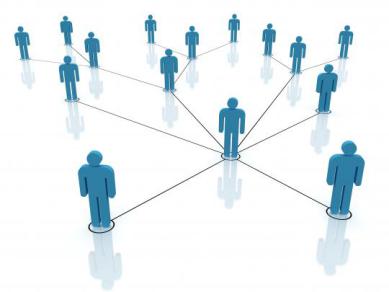
Is fraud a social phenomenom?
- Fraudsters tend to cluster together:
- are attending the same events/activities
- are involved in the same crimes
- use the same resources
- are sometimes one and the same person (identity theft)
Homophily
Homophily in social networks (from sociology)
People have a strong tendency to associate with other whom they perceive as being similar to themselves in some way.
Homophily in fraud networks
Fraudsters are more likely to be connected to other fraudsters, and legitimate people are more likely to be connected to other legitimate people.
Homophily - social security fraud
Does the network contain statistically significant patterns of homophily?
assortativity_nominal(network, types = V(network)$isFraud, directed = FALSE)

Identity theft
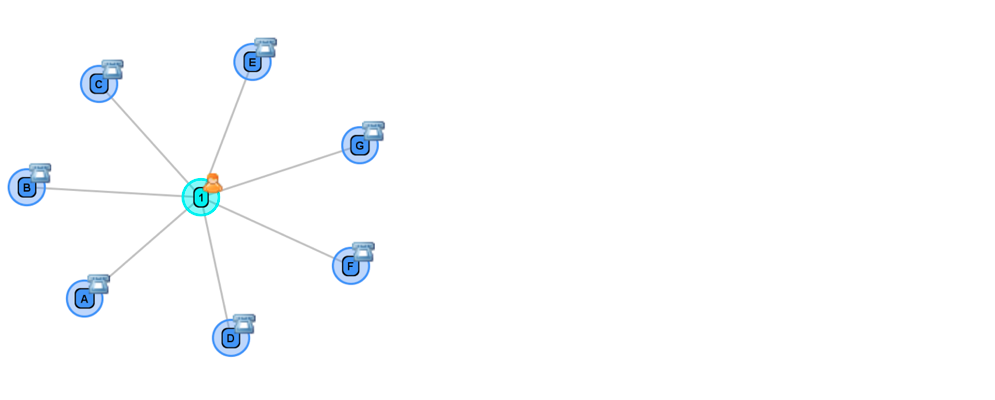
Before: person calls his/her frequent contacts
Identity theft
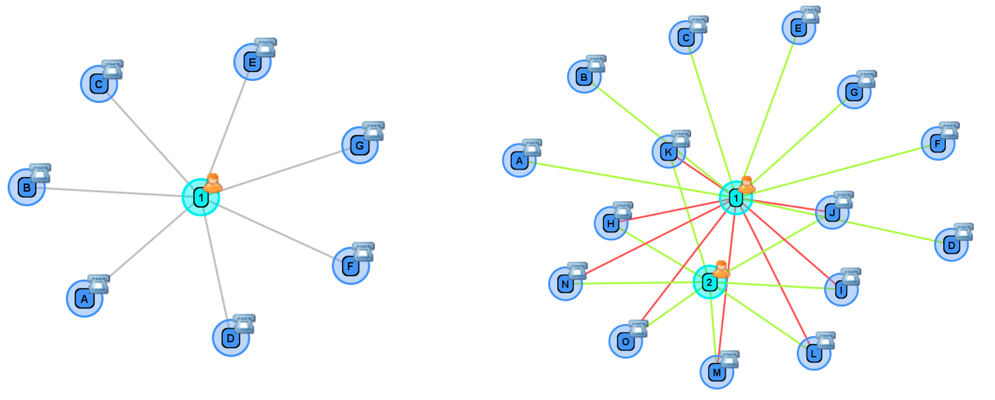
Before: person calls his/her frequent contacts
After: person calls new contacts which coincidentally overlap with another persons contacts
Money mules
- Money mule = person who transfers money acquired illegally (e.g. stolen)
- Beneficiary of fraudulent transaction
- Transfers stolen money on behalf of other (scam operator)
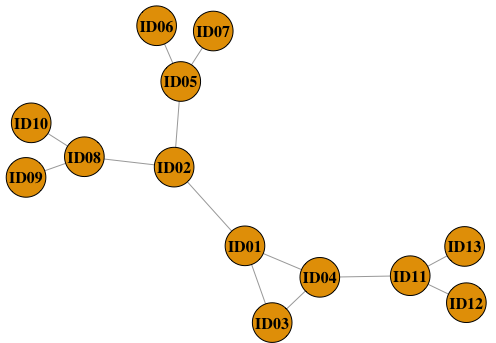
V(network)$name
"ID02" "ID11" "ID04" "ID03" "ID08" ... "ID16" "ID10" "ID07"
print(list_money_mules)
"ID01" "ID02" "ID03" "ID04"
V(network)$isMoneyMule <- ifelse(V(network)$name %in% list_money_mules, TRUE, FALSE)V(network)$color <- ifelse(V(network)$isMoneyMule, "darkorange", "lightblue")vertex_attr(network)
$isMoneyMule
TRUE FALSE TRUE TRUE FALSE ... FALSE FALSE FALSE
$color
"darkorange" "lightblue" "darkorange" ... "lightblue" "lightblue"
Network with highlighted money mules
plot(network)
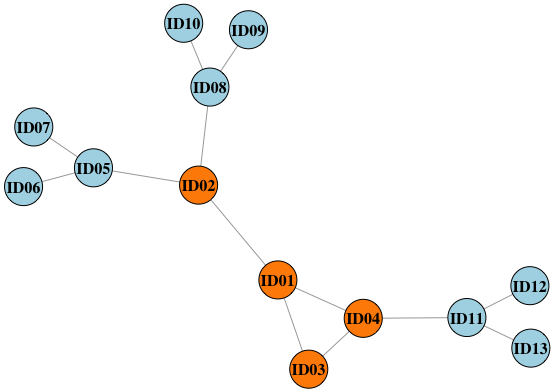
Let's practice!
Fraud Detection in R

